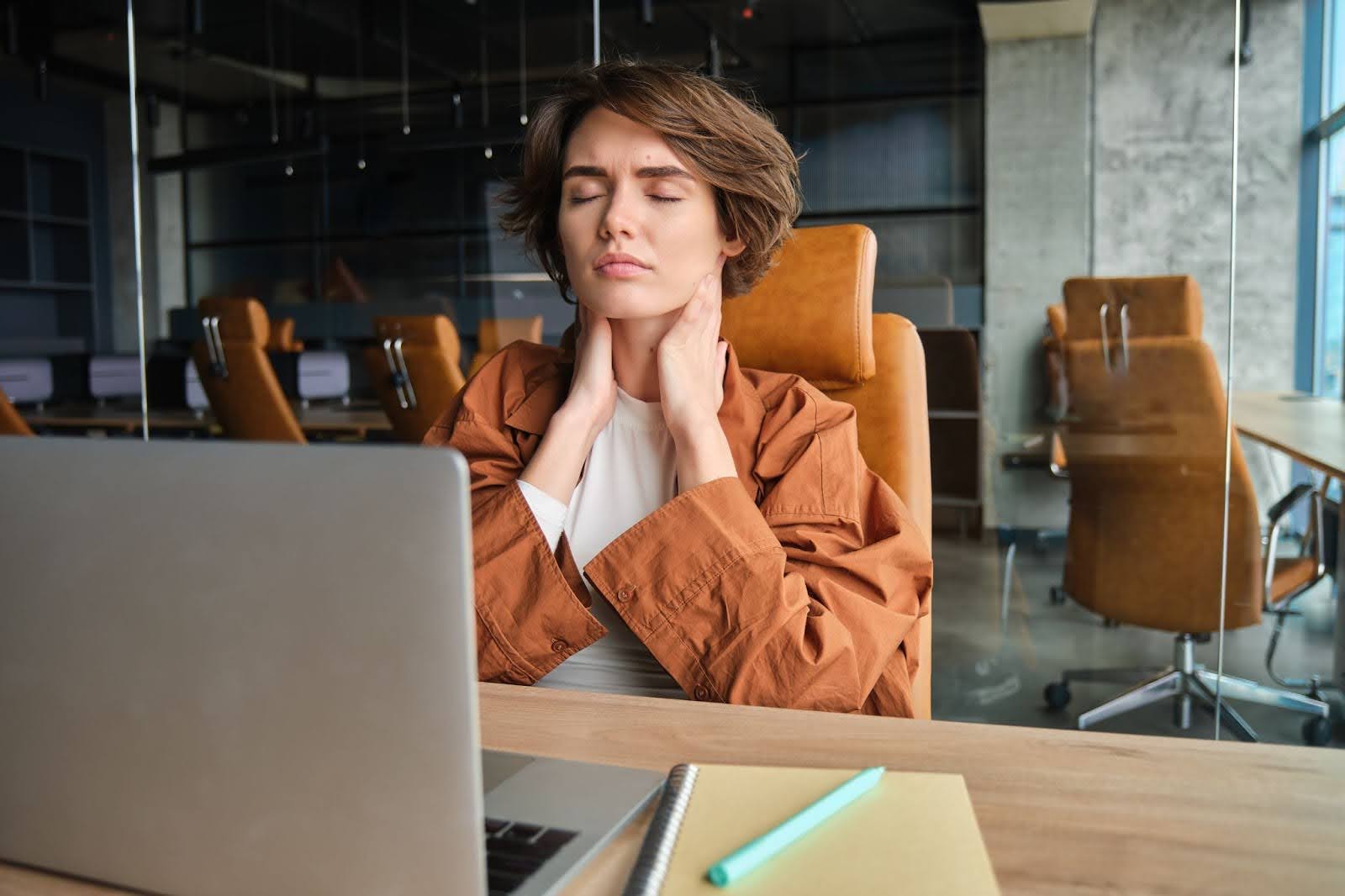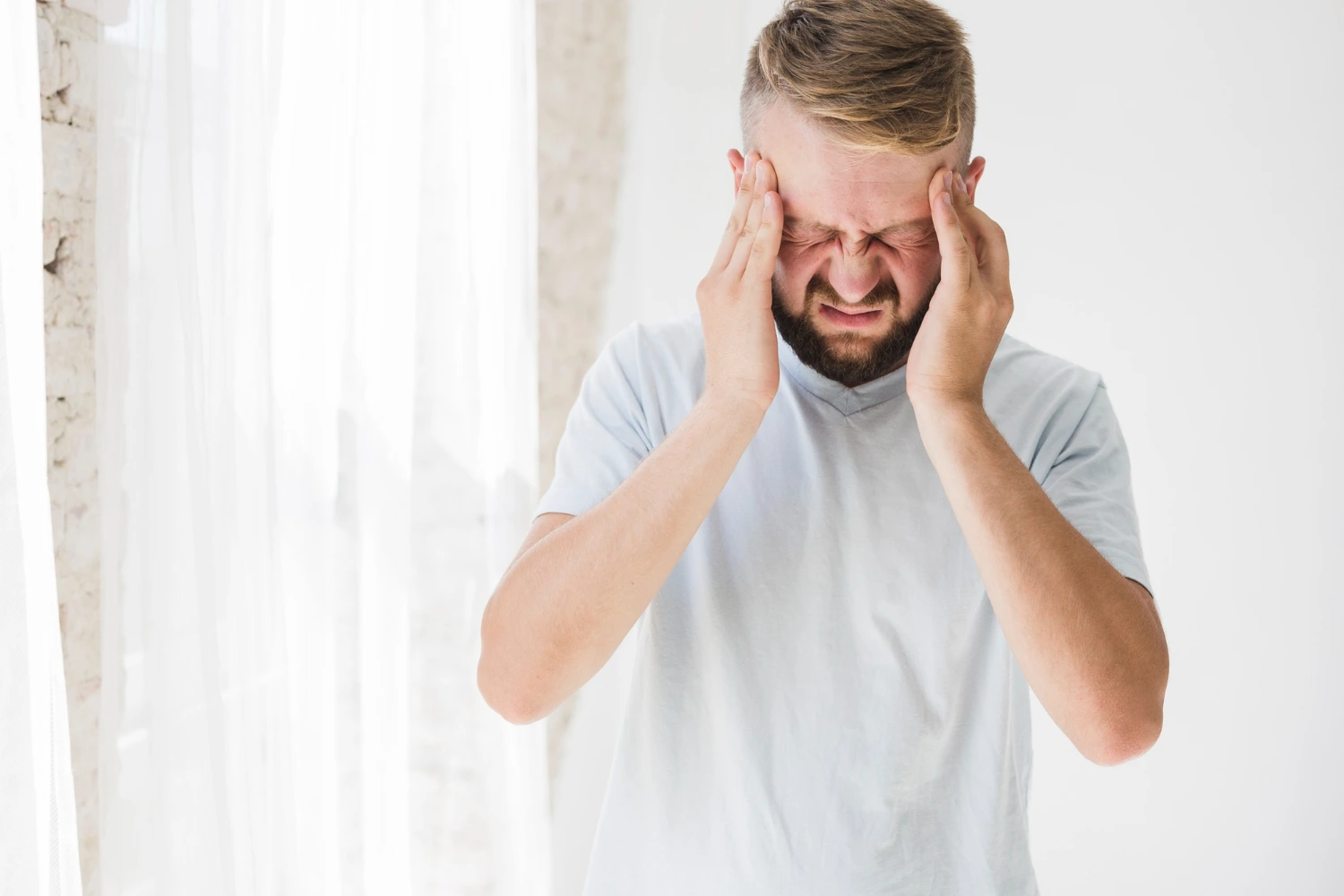Each stroke type requires specific strategies, and the path to recovery differs based on severity, patient health, and available support. In this article, we’ll break down the entire stroke treatment journey from initial stroke diagnosis to long-term rehabilitation and recovery.
Stroke Diagnosis and Assessment
Effective stroke treatment starts with proper stroke assessment. Doctors use a combination of physical exams, blood tests, and imaging tools like a CT scan for stroke or a stroke MRI to confirm the diagnosis and determine the type. A key part of this process is adhering to stroke protocol, ensuring that treatment begins within the critical time window.
Stroke diagnosis typically includes:
- Neurological examination to test motor function, vision, and reflexes.
- Imaging (CT or MRI) to distinguish between ischemic and hemorrhagic strokes.
- Blood tests to rule out other conditions.
- Doppler ultrasound or transcranial Doppler to evaluate blood flow in carotid/residual arteries.
- Cerebral angiography to visualize vessel blockages or aneurysms.
- Echocardiography and ECG to detect heart conditions like atrial fibrillation that may cause a stroke. [1]
Stroke assessment is vital. Without it, stroke management can be delayed or misdirected, which reduces the chances of full recovery.
Stroke Test at Home: Early Signs
Early detection can save lives. While a proper test for stroke requires medical imaging, there are ways to perform a basic stroke test at home:
FAST stroke assessment:
- Face drooping: One side slumps when smiling.
- Arm weakness: One arm drifts downward when raised.
- Speech difficulty: Slurred or garbled words.
- Time to call 911: Immediate action saves brain tissue.[2]
Other signs include dizziness, confusion, or a sudden severe headache. For those wondering how to test for stroke at home, the FAST method is the most recommended.
In addition to FAST, the BE-FAST method is now widely recommended:
- Balance issues
- Eyesight loss
- Face drooping
- Arm weakness
- Speech difficulties
- Time to call 911 [3]
Emerging tools include mobile stroke assessment apps to help identify possible strokes. Still, only a hospital-administered CT or MRI confirms the condition. If symptoms appear, call emergency services immediately, as this is not a condition to monitor at home.
First Aid for Stroke at Home
When a stroke is suspected, immediate action is critical. First aid for stroke at home includes:
- Call 911 immediately.
- Note the time symptoms began. This helps guide treatment for stroke, especially if clot-busting medications are considered.
- Keep the patient lying down with their head and shoulders slightly elevated. This position helps reduce intracranial pressure.
- Do not give them food, water, or medication unless directed by a professional.
- Help them stay warm, and note any changes in symptoms or stroke protocol steps taken.
Many people have the question of how to stop a stroke in progress. Unfortunately, you can’t stop it without professional care. But fast action dramatically improves survival and recovery rates.
Stroke Treatment Options
Once the stroke type is confirmed, stroke medication and procedures are administered depending on whether it’s ischemic or hemorrhagic.
Ischemic Stroke Treatment
Ischemic strokes are caused by a blood clot blocking an artery. Treatment includes:
- Clot-busting drugs (tPA): Most effective if given within 3 – 4.5 hours.
- Mechanical thrombectomy: Beneficial up to 24 hours post-symptom onset in select cases.
- Antiplatelet agents (aspirin) and anticoagulants (warfarin, DOACs) for long-term prevention, tailored according to stroke medication guidelines.[4]
This type of stroke treatment must follow stroke treatment guidelines closely to ensure safety and success.
Hemorrhagic Stroke Treatment
Hemorrhagic stroke treatment involves stopping bleeding and relieving pressure.
- Surgical intervention: To repair ruptured blood vessels or remove hematomas.
- Medications: Blood pressure medications such as labetalol or nicardipine.
- Intracranial pressure management: Monitoring and reducing brain swelling.[5]
Mild stroke treatment in this category may involve observation and blood pressure regulation, especially for mini-stroke treatment cases.
Stroke Recovery and Rehabilitation
Studies show approximately 795,000 strokes occur annually in the U.S., with around two-thirds requiring continued stroke recovery. [6] In Canada, 62,000 strokes happen every year, however, only 16–19% receive inpatient rehab within a month of discharge. [7]
Stroke recovery starts as soon as the patient is stable. The recovery process can be long and varies from patient to patient.
Stroke Recovery Process and Timeline
The stroke recovery timeline depends on stroke severity and treatment speed. Initial gains happen in the first few weeks, with major recovery often within 3–6 months. Stroke recovery after 2 years is still possible, especially with consistent therapy.
Signs of recovery from stroke can vary in speed and visibility but often include:
- Improved speech and mobility: Many patients experience partial or full return of muscle control and coordination. Speech therapy helps rewire language centers, especially for those who initially struggled with aphasia or dysarthria.
- Return of facial symmetry: Facial drooping often improves as inflammation subsides and muscle strength returns, especially with facial exercises and neuromuscular retraining.
- Better cognitive function: Stroke recovery is not limited to physical symptoms. Cognitive abilities like memory, attention, and problem-solving can improve with structured brain rehabilitation exercises and neurofeedback.
Some patients notice improvement in daily function within days, while others may need months of therapy. Stroke recovery period milestones:
- Acute phase (0–3 months): This is when the most rapid progress occurs due to neuroplasticity, the brain’s ability to reorganize and form new neural connections. Early rehab during this phase can dramatically influence long-term outcomes.
- Subacute phase (3–6 months): Progress continues but at a slower pace. This is the optimal window for intensive stroke rehabilitation, including exercise therapy, occupational therapy, and speech-language interventions.
- Chronic phase (6–24+ months): Recovery potential remains, though gains are more gradual. Consistent engagement in a stroke recovery program and supportive therapy can help patients make meaningful improvements even years later. [8]
How to Recover from Stroke Quickly
To recover from stroke quickly, early and intensive rehabilitation is key. Rehab stroke recovery may include:
- Exercise therapy after stroke
- Cognitive training
- Speech and occupational therapy
- Nutrition and sleep regulation
Support systems, stroke rehab programs, and consistent after stroke care all help accelerate healing. According to the Canadian Stroke Best Practices guidelines, early and intensive rehab is associated with better independence and reduced readmission rates.[9]
Moore MyoWorx’s integrative therapy enhances recovery by targeting neuromuscular connections and reducing mental fatigue.
Is Walking Good for Stroke Recovery?
Yes, walking is one of the most beneficial forms of neuromuscular therapy after a stroke. It improves circulation, strengthens muscles, and supports brain rewiring. Patients are often guided through walking exercises as part of their stroke rehabilitation. [10]
What Is the Best Food to Eat After a Stroke?
Stroke recovery and rehabilitation require a brain-friendly diet. An optimal diet includes:
- Lean proteins (fish, poultry) for brain repair.
- Fruits, vegetables, and fiber for vascular health.
- Leafy greens (kale, spinach) for antioxidants.
- Whole grains and berries to stabilize blood pressure.
- Omega-3-rich foods (salmon, flax) are linked to lower recurrence risk.
- Reduced sodium, sugar, and processed fats; limits hypertension and improves stroke medication efficacy.
- Hydration is crucial.[11]
These support brain repair and reduce future stroke risk.
Can You Fully Recover From a Stroke?
Yes, many patients return to independence. While full recovery depends on many factors, with strong therapy and a stroke recovery program, people often return to work, hobbies, and social lives. The key is consistency and the right care. [12]
Supportive Stroke Therapy at Moore MyoWorx
Moore MyoWorx specializes in integrative stroke supportive therapy that addresses neuromuscular deficits and cognitive issues. Unlike conventional rehab alone, Moore focuses on reconnecting brain-muscle pathways through:
- Exercise therapy
- Postural correction
- Manual myofascial release
- Mental fatigue reduction
Patients undergoing post stroke rehabilitation at Moore report improved clarity, mobility, and pain reduction. Their customized stroke recovery treatment plans are designed to shorten the stroke recovery timeline and support long-term improvement.
Moore MyoWorx’s approach is especially effective for stroke patient recovery with lingering symptoms.
What to Avoid After a Stroke
After a stroke, avoid smoking and excessive alcohol as they damage blood vessels and increase reclotting risks. Stay active to prevent muscle weakness, but follow your doctor’s recommended activity level.
Never skip prescribed medications like blood thinners or blood pressure drugs. Limit salty, sugary, and processed foods that cause inflammation. Manage stress through relaxation techniques since chronic stress slows brain healing. Attend all therapy sessions and medical checkups to maintain recovery progress.
Poor lifestyle choices can slow the stroke recovery process and increase the risk of a second stroke.[13]
Preventing a Future Stroke
Stroke prevention focuses on stroke management through:
- Blood pressure and heart conditions control
- Diabetes and cholesterol regulation, weight control
- Physical activity: Do exercise 30 minutes daily to improve circulation.
- Take prescribed blood thinners if recommended.[13]
Mini stroke treatment and prevention overlap here. Many patients with TIAs (transient ischemic attacks) later suffer major strokes if not managed correctly.
Regular doctor visits help catch warning signs early. With proper care, 80% of repeat strokes can be prevented.[14]
Preparing for a Visit to the Doctor
Before appointments, note any symptoms like weakness, dizziness, or speech changes. Track your medication schedule and any side effects. Bring your rehab progress notes and a list of questions about recovery timelines or concerns.
Your doctor may ask about daily activities, falls, or mood changes to assess recovery.
Ask your doctor:
- What are good signs after a stroke?
- How to recover from a stroke faster?
- How can I maximize my stroke recovery?
- How long will my face droop after a stroke?
- How can I maintain my stroke rehabilitation between therapy sessions?
- What is my personal risk of having another stroke?
- When might I expect to regain daily living skills?
- What warning signs should prompt immediate medical attention?
These questions help guide your stroke recovery and rehabilitation plan. Having a family member join you helps remember all advice. Good preparation ensures you get the most from each visit.
Start Your Recovery: What You Can Do Now
Don’t wait. The sooner you begin your stroke rehab journey, the better the outcome. Reach out to a stroke rehabilitation center, Moore MyoWorx. With the right plan, stroke recovery is possible. You are not alone and support is available every step of the way.
References
- Radiology Info: “Stroke”.
- Stroke Association: “Stroke signs and symptoms”.
- University Health: “B.E. F.A.S.T. to Spot a Stroke”.
- National Heart, Lung, and Blood Institute: “Stroke Treatment”.
- National Library of Medicine: “Hemorrhagic Stroke”.
- Very Well Health: “The 7 Stages of Stroke Recovery”.
- Heart & Stroke: “News release: Help wanted – needs not being met for Canadians living with stroke”.
- Johns Hopkins Medicine: “Stroke Recovery Timeline”.
- Heart & Stroke: “Canadian Stroke Best Practice Recommendations”.
- Health University of Utah: “The Importance of Walking Speed for Stroke Victims”.
- Stroke Foundation: “Diet after stroke”.
- Anatomical Concepts: “What percentage of stroke patients make a full recovery?”.
- CDC Stroke: “Preventing Stroke”.
- American Heart Association: “5 critical steps to help prevent a stroke”.



